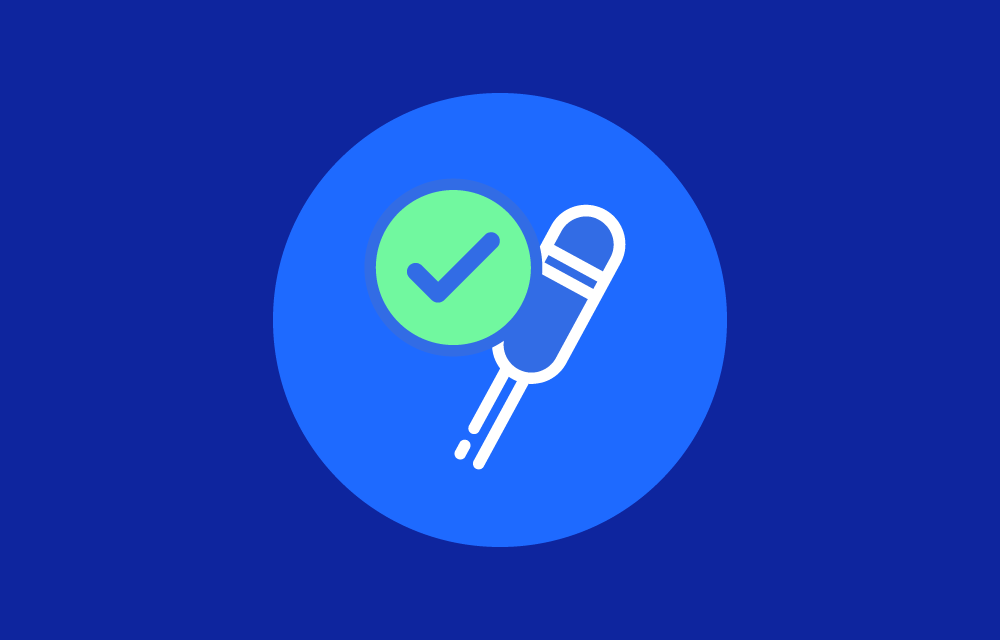How Readiness Probes Work
Kubernetes provides several types of probes—liveness, readiness, and startup—each serving a distinct purpose. A readiness probe specifically controls the pod’s availability in a Kubernetes Service load-balancing pool:
- Probe Mechanism: The probe is a periodic check. Kubernetes sends a request (e.g., an HTTP GET or a TCP check) to the container at a specified endpoint. If the check passes (e.g., an HTTP 200 response), Kubernetes interprets this as the application being “ready” to serve traffic.
- Pod Readiness Gate: When a container’s readiness probe indicates success, Kubernetes sets the pod’s status to
Ready: true. Only pods marked as Ready are included in service endpoints. If the readiness probe fails at any point, Kubernetes removes that pod from the pool, ensuring that no traffic is routed to a potentially malfunctioning or uninitialized container. - Configuration Parameters: You can configure several parameters, such as
initialDelaySeconds(how long to wait before starting the probe),periodSeconds(interval between each probe),timeoutSeconds(how long to wait for a probe response), and more. These parameters allow you to fine-tune the readiness check to accommodate varying startup times and resource constraints.
When to Use a Readiness Probe
- During Application Initialization: If your service requires initialization, such as database migrations or dependency checks, a readiness probe prevents the service from receiving requests until it’s fully ready.
- Dependency on External Services: Some applications depend on remote services or other microservices. A readiness probe can help the container wait until all dependencies are confirmed to be available.
- Rolling Updates and Zero Downtime: During rolling updates, Kubernetes checks the readiness state of new pods before terminating old ones. This ensures continuous availability by only directing traffic to pods that are ready.
Thought for 20 seconds
Readiness Probe in Kubernetes
A Readiness Probe is a key mechanism in Kubernetes used to determine whether an application running in a container is ready to start serving traffic. Even if a container is healthy at the operating-system level, its application might still be loading configuration files, warming up caches, or waiting for dependent services to become available. During this “startup” or “initialization” phase, sending requests to the application could result in errors. Readiness probes solve this problem by telling the Kubernetes scheduler not to route traffic to a pod until it signals it is ready.
How Readiness Probes Work
Kubernetes provides several types of probes—liveness, readiness, and startup—each serving a distinct purpose. A readiness probe specifically controls the pod’s availability in a Kubernetes Service load-balancing pool:
- Probe Mechanism
Kubernetes periodically checks the container (for example, via an HTTP GET, TCP check, or an exec command). If the check passes (e.g., an HTTP 200 response for an HTTP probe), Kubernetes deems the container “ready” to serve traffic. - Pod Readiness Gate
When a container’s readiness probe succeeds, Kubernetes sets the pod’s status toReady: true. Only pods marked as Ready are included in service endpoints. If the readiness probe fails, Kubernetes removes the pod from the service’s endpoint list, ensuring that no traffic is routed to a potentially malfunctioning or uninitialized container. - Configuration Parameters
You can configure several parameters—such asinitialDelaySeconds(how long to wait before starting the probe),periodSeconds(interval between each probe),timeoutSeconds(how long to wait for a probe response), etc. These let you tailor the readiness checks to your application’s startup and runtime characteristics.
When to Use a Readiness Probe
- During Application Initialization
If your service requires initialization—like database migrations or dependency checks—a readiness probe prevents the service from receiving traffic until it’s fully ready. - Dependency on External Services
Some applications depend on remote APIs or other microservices. A readiness probe helps the container wait until all dependencies are confirmed available. - Rolling Updates and Zero Downtime
During rolling updates, Kubernetes checks the readiness state of new pods before terminating old ones. This guarantees continuous availability by only directing traffic to pods that are truly ready.
What Happens When a Readiness Probe Fails?
If a readiness probe fails—for instance, if the container’s health endpoint returns an error or times out—Kubernetes immediately marks the pod as “unready.” The pod is then removed from the pool of available endpoints in the corresponding service. Traffic will not be sent to the pod until the readiness probe starts succeeding again. This mechanism prevents users from experiencing errors caused by partially initialized or malfunctioning containers.
Comparing Startup and Readiness Probes
- Startup Probe:
The startup probe is specifically designed to check whether your application has started. If your application takes a long time to boot (for example, it needs to load large datasets or perform complex initializations), a startup probe allows Kubernetes to avoid prematurely declaring the container as failed. If the startup probe times out or fails multiple times in a row, Kubernetes kills the container, assuming it cannot start properly. - Readiness Probe:
The readiness probe, on the other hand, checks if your application can receive traffic. It continually tests whether the application remains in a good state to handle requests throughout its lifecycle. If the readiness probe fails, the container is not killed; it is simply removed from service endpoints until it recovers.
In short, use a startup probe to handle lengthy or complex initialization procedures, and use a readiness probe to manage ongoing availability for incoming traffic.
Example Readiness Probe Configuration
Below is a simplified snippet in a pod specification:
EditapiVersion: v1
kind: Pod
metadata:
name: my-app
spec:
containers:
- name: my-app-container
image: my-app:latest
readinessProbe:
httpGet:
path: /health
port: 8080
initialDelaySeconds: 5
periodSeconds: 10
In this example, Kubernetes will wait 5 seconds before performing the first check (initialDelaySeconds). Every 10 seconds (periodSeconds), it sends an HTTP GET request to /health on port 8080. If the response indicates success (e.g., HTTP 200), the container is deemed ready.
Value proposition
- Reduced Error Rates: By withholding traffic until a pod is fully ready, you minimize user-facing errors related to incomplete application setup.
- Scalability: When you auto-scale your deployment, new pods won’t receive traffic prematurely.
- Graceful Degredation: If a pod suddenly becomes unready (due to a transient error or degraded dependency), the readiness probe can temporarily remove it from the load-balancing pool, protecting user experience while the issue resolves.
- Monitoring and Alerting: Observing readiness states can help operations teams identify startup bottlenecks or dependency failures.
Issues to look out for
- Misconfiguration: Incorrect thresholds or intervals can cause pods to appear perpetually unready or, conversely, mask problems by marking them ready too soon.
- Confusion with Liveness Probes: A readiness probe is not the same as a liveness probe. Liveness probes restart containers that are stuck, whereas readiness probes only remove pods from service endpoints until they recover.
How Do You Fix a Readiness Probe?
- Verify the Probe Endpoint
Make sure the path (e.g.,/health) and port number match what your application actually supports. If your health endpoint is/healthz, don’t forget to reflect that in your readiness probe configuration. - Adjust Timing Parameters
If your application needs more time to start up or respond, increaseinitialDelaySeconds,timeoutSeconds, orperiodSeconds. This ensures Kubernetes gives your container sufficient time to become ready. - Check Application Logs
Look at container logs to see if the application is throwing errors or still initializing. Often, logs can reveal issues such as dependency failures or misconfiguration that lead to failing readiness checks. - Separate Heavy Initialization
If your container does a lot of work at startup, consider moving this logic to a pre-start script, or use a startup probe to give the container a chance to properly initialize before readiness probes kick in.
References
- Kubernetes Documentation
- Propes in Kubernetes



